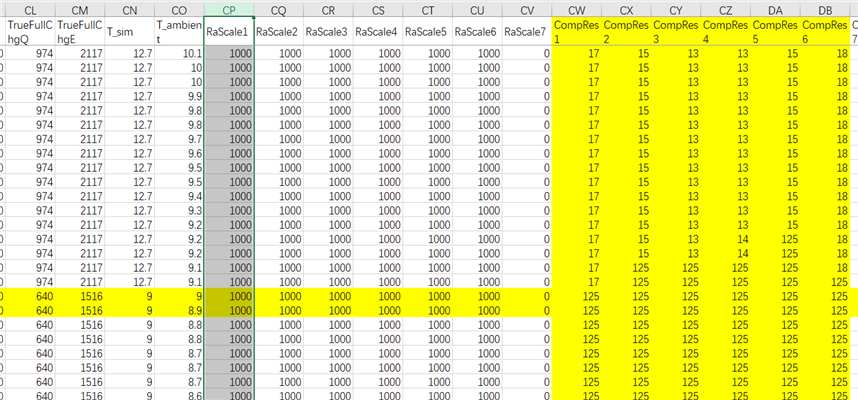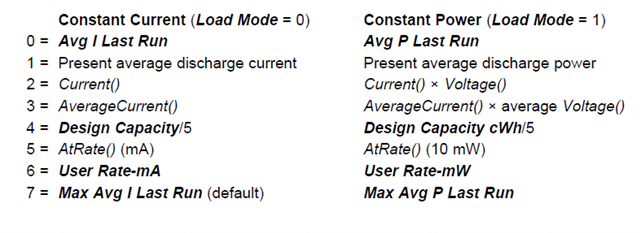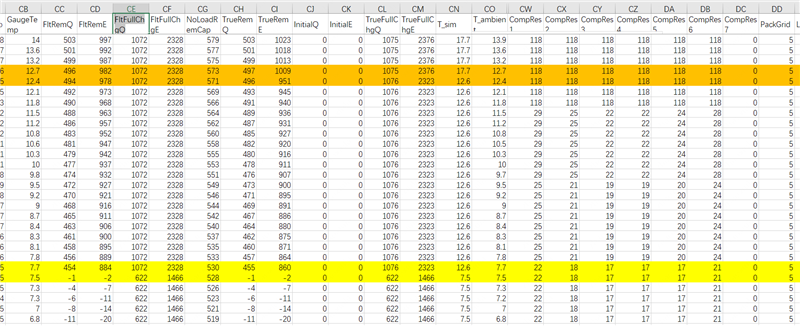Other Parts Discussed in Thread: BQSTUDIO, GPCRB, GPCCHEM
Hi all,
We used BQ40Z80 Impedance Track Gas Gauge. In hte discharging situation, the SOC jump to zero. We have fixed the cell risiatance. In tne diacharging situation, the cell temperature is continous dwon. So we this may be related to temperature modoul.
We use BQ40Z80 Impedance Track Gas Gauge。During discharge,the SOC jumps to 0. We have fixed the battery internal resistance. Therefore, we speculate whether the temperature model causes the jump. Because during the discharge process, the temperature continues to decrease. Is it the temperature model that predicts low temperatures in the future, causing the jump? Which command should we use to verify this conjecture?
Or the wrong Rb value causes the calculation of the low temperature cell resistance to be too large. Which command should we use to verify this speculation?
Also how does the temperature model work? Do temp K and temp T change during discharge?
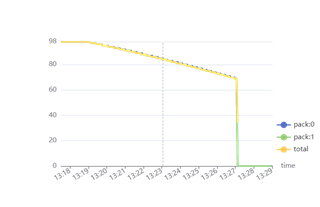
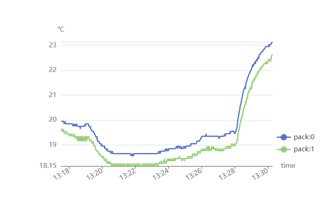
Sincerely,
Xiulan


